Full Guide To Pink Calcite vs. Rose Quartz (This is the Difference)
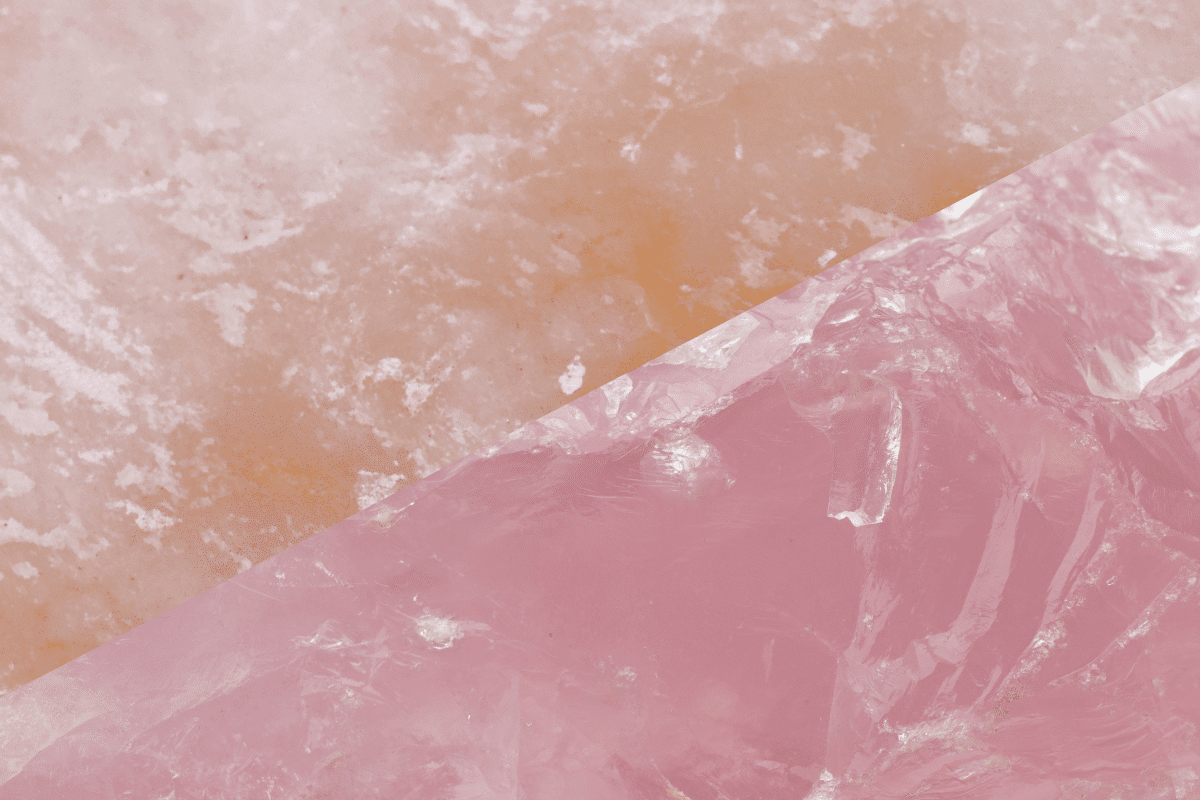
In order to work with our crystals effectively, we need to understand their properties. With crystals that look similar or have similar uses, such as pink calcite and rose quartz, it can be difficult to determine which one to work with. The answer should always be; the one that you are drawn to the most. However, if you are looking to find the difference in physical appearance as well as metaphysical properties, you’ll find your answer here.
Pink calcite is a soft stone with a milky pink color and obvious inclusions like white lines and spots. Rose quartz is harder, more baby pink in color, and only has some faded white lines. Also, calcite looks more waxy, while quartz is glossier. Rose quartz is mostly used for love, while pink calcite is used for comfort.
Continue reading if you want to know more about the (physical) qualities of these stones, as well as how you can use them in your spiritual practice.
Want more help or information? If you have any more questions after reading this blog post or want a personal answer for your specific situation, join the free Facebook group! We promise you’ll get an answer from either our team members or a community member.
Also read: Calcite vs. Quartz: This Is The Difference
Pink Calcite vs. Rose Quartz – How To Tell The Difference?
In order to understand the difference between these two stones, we can look at the color, shape, pattern, clarity, and more. Below we’ll describe all these aspects in detail.
Color
Pink Calcite and rose quartz resemble each other because of their color similarities, but at a closer look, the coloration on each of the stones is different. Pink calcite shows lighter pink compared to rose quartz. The color of the pink calcite is also more of a dominant milky-white with pink hues, while rose quartz shows a more visible pink hue.


Also read: Celestite vs. Blue Calcite: This Is The Difference
Pattern and Clarity
The visual aspects of these stones are quite different. Pink calcite has a cloudy finish compared to rose quartz. Pink calcites also show obvious inclusions on the surface. These are white lines, specks, or spots all through the surface of the stone. Banding formations can also be seen on the stone, and it has a waxy finish.
The white lines on rose quartz are not as noticeable as those on the pink calcite. The inclusions on rose quartz are faded and are seen to follow different patterns. There are no banding formations seen on a rose quartz crystal, and it has a glossy finish.
Both stones can be translucent or opaque, but calcite is more likely to be opaque while rose quartz often lets some light through.
Hardness
Hardness is another element that sets these two stones apart. The pink calcite is a softer stone compared to rose quartz. Pink calcite rates 3 while rose quartz rates 7 on the Mohs scale.
If you’re unfamiliar, the Mohs scale of hardness determines a stone’s hardness by measuring how scratch-resistant it is. According to this scale, a stone can scratch any other mineral with a lower score. For reference, talc is a 1, your fingernail a 2,5 while diamond is a 10.
This suggests that pink calcite can get damaged or broken easily, it is only slightly harder than a fingernail after all, compared to rose quartz.
If you’d like to test which stone you have, take a copper penny and scratch it on the stone in a place where it’s not as visible. The penny has a hardness of 3.5, meaning it will scratch calcite, but not quartz.
Chemical Composition
There is quite a difference in the mineral composition of these two stones. Pink calcite belongs to the calcite group of minerals, while rose quartz is a silicate from the quartz family. The chemical formula for pink calcite is calcium carbonate, while rose quartz’s is silicon dioxide.
Pink calcite contains manganese in its composition. Rose quartz also contains either manganese, titanium, or iron in its chemical composition. The presence of either of these three minerals is responsible for the stones’ pink color.


Care
Water should be avoided for stones that rate below 5 on the Mohs scale. This means calcite should not be soaked in water, as it could disintegrate. However, this won’t happen immediately, so you should be fine giving the stone a quick rinse and drying it after. Rose quartz can receive a more thorough wash and even soak. Still, we do not recommend exposing any stone to water for extended periods, as they will eventually turn dull.
Apart from physically cleaning the stones, you might want to clear them from negative energies. This is highly recommended if you used them for their metaphysical properties.
The reason for this is that these stones absorb low vibrations. Every month or so, you want to remove these energies from the stone so you can continue to use it. After cleansing, it is recommended you also recharge the stones to make sure they are full of positive energy to share with you.
Rose quartz and pink calcite can be cleansed and recharged by moonlight or using cleansing crystals like selenite and clear quartz. We do not recommend leaving quartz in the sun, as they are likely to fade when exposed to direct sunlight for longer periods.
Location
Calcite and quartz are some of the most abundant minerals on earth. As a result, both stones are found all over the world. However, the best pink calcite variety comes from Mexico. Some of the highest quality rose quartz is found in Brazil.
Also read: Strawberry Quartz vs Rose Quartz: This is the Difference
(Meta)physical Healing Properties
Beware that crystals are never a replacement for professional medical help. If you have any issues, see a doctor first and follow their advice.
Both stones are used similarly and possess vibrational energies. Most commonly, they are used in the manifestation of love and emotional healing. The biggest difference here, is that rose quartz is best used for manifesting (self-)love, while pink calcite is associated with comfort.
Rose quartz is known for its help in acquiring self-love and awareness, but elevating your mind and soul into acknowledging unconditional and divine love. You can use rose quartz to get over feelings of inadequacy and fears from past failed relationships. The stone’s energies can also be used to manifest and attract a new partner, nurture friendships and bring harmony between family members.
On the other hand, pink calcite can also help with relationships, but mostly because it helps you feel more comfortable in your own body and less critical. You’ll be able to accept love into your life a little easier with this motherly around you.
Also read: Clear Quartz vs. Rose Quartz: This Is The Difference
For the physical body, rose quartz and pink calcite will help heart-related complications, boost the circulatory system, and treat headaches, migraines, and throat problems. The stones are also used for kidney, lung, and reproductive system problems.
Chakra Association
Both rose quartz and pink calcite are heart chakra stones, which is responsible for love, and our relationship with others. A blocked heart chakra brings detachment which leads to negative effects on your growth, relationships, and career. By working with these stones, we can help open the heart chakra, encouraging forgiveness, self-love, and empathy towards others. The stones, therefore, play their role as an aura cleanser and fill you with positive energies.
Also read: What Chakra Is Rose Quartz? (Pink, Lavender, Angel Aura)
If you’re not too familiar with chakras, here’s a quick explanation to help you understand how these crystals work.
Chakras are the different energy points in our bodies. There are 7, each of them linked to a certain aspect of our lives. We can link each chakra to crystals or gemstones by color and their properties. The chakras, for lowest to highest, are as follows:
- Root chakra (Muladhara) is represented by black/red and is located at the base of the spine. This chakra is related to stability.
- Sacral Chakra (Svadihsthana/ spleen) is represented by orange and is located below the navel. The sacral chakra is associated with feelings and sensuality.
- Solar Plexus Chakra (Manipura) is represented by yellow and is located above the naval. The solar plexus chakra is related to intellect.
- Heart Chakra (Anahata) is represented by green/pink and is located in the chest area. This chakra is associated with loving and emotional healing.
- Throat Chakra (Vishuddha) Is represented by blue and is located at the end of the throat. This chakra is associated with communication and tangible dialogues.
- Third Eye Chakra (Ajna) Is represented by indigo and is located between the eyebrows. The chakra is related to spiritual understanding.
- Crown Chakra (Sahasrara) is represented by white and is seen as our connection to the divine.
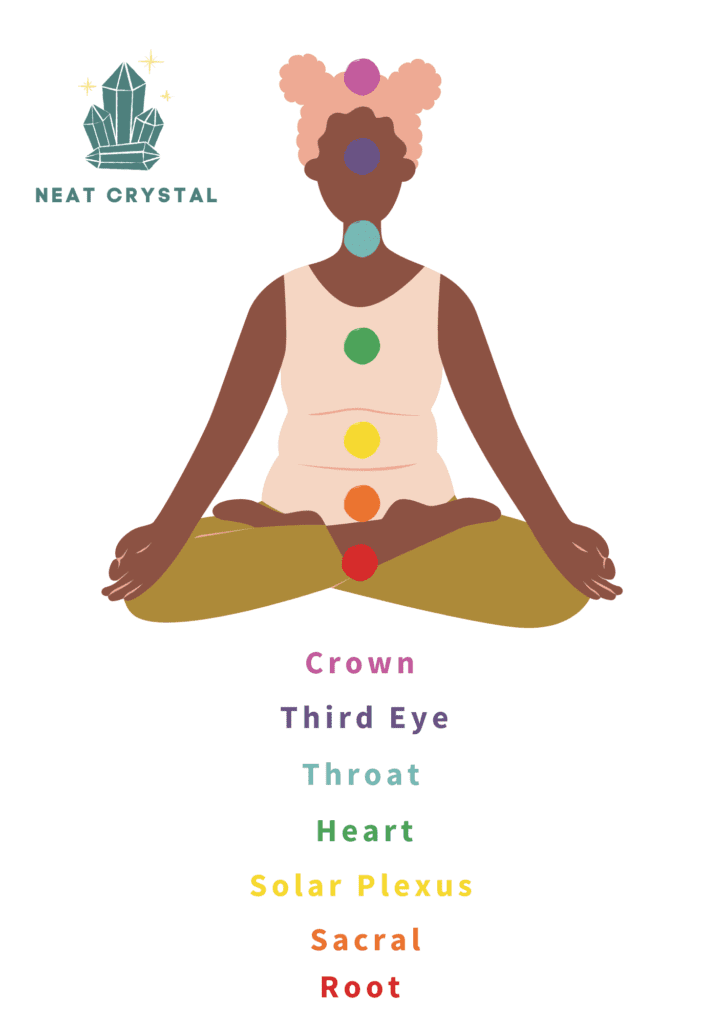
Ruling Planets
Rose quartz and pink calcite are both ruled over by the planet Venus. Venus is the planet of love, beauty and luxury. It governs how we relate to others and our relationship with material possessions. Venus is also associated with our emotional and life balance, as well as our romantic relations.
Any stones associated with Venus help in all matters of love, as well as attraction.
Zodiac Association
Pink calcite is not a birthstone. However, as it is associated with Venus, it is also connected to Taurus and Libra, both ruled over by that planet.
On the other hand, rose quartz isn’t a birthstone, but is sometimes gives an an alternative to garnet, which is the January birthstone. As a result, it is connected to Capricorn and Aquarius born in that month. It’s connection to Venus means this stone also resonates with the Taurus and Libra zodiac signs.
Keep in mind, that any sign can wear any stone. If you’re attracted to it, there’s probably a reason for it. However, working with a stone associated with the same planet as your zodiac sign can help you overcome the challenges associated with that sign, while also bringing out the positive aspects.
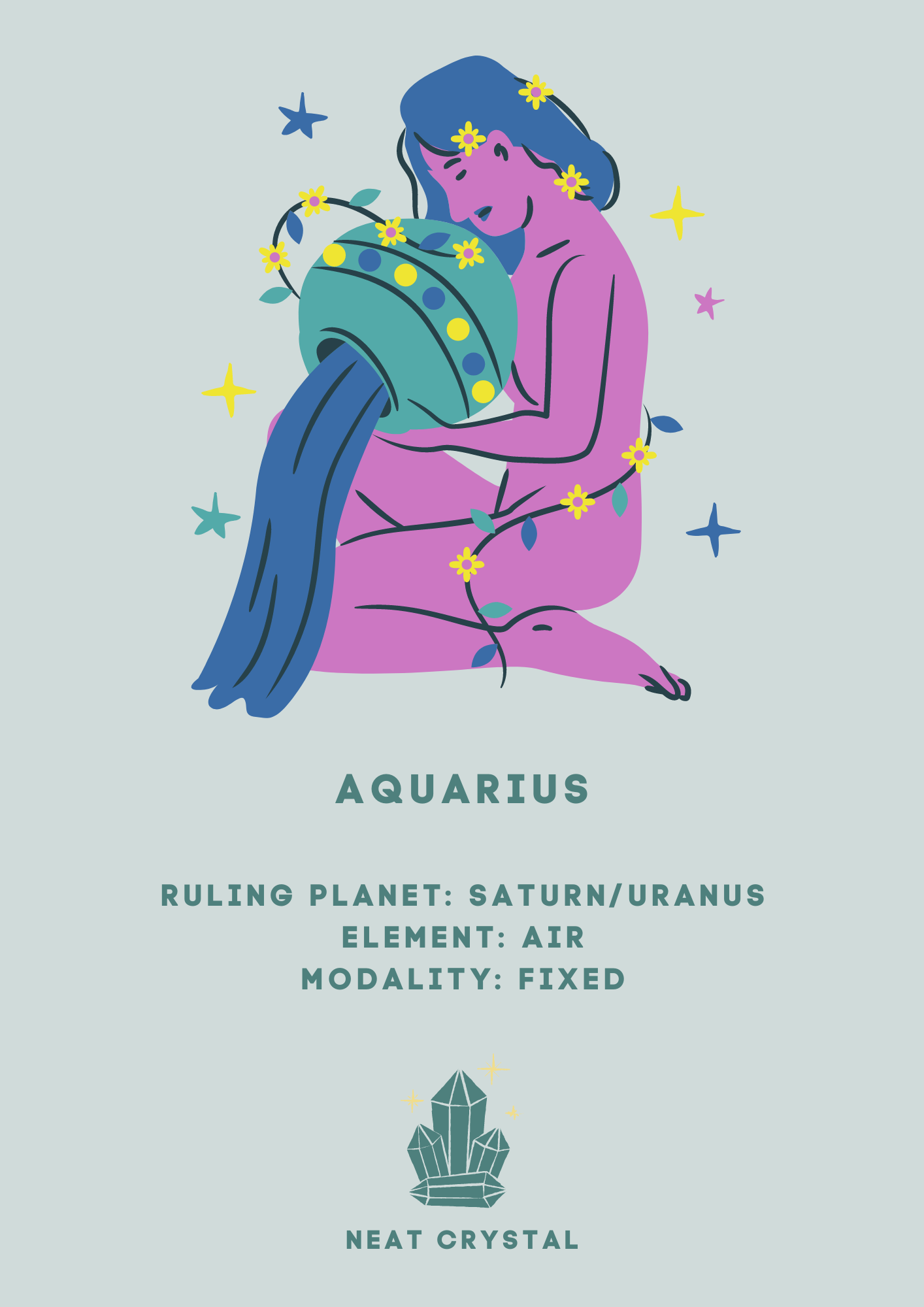



Also read: The Complete Guide To Rose Quartz And The Zodiac Signs
Element Association
Pink calcite is associated with the fire element, connected to power, passion, warmth and vitality. This is also the element associated with destruction and transformation. The fire element is the most energetic and physically active of the five elements of nature.
Rose quartz is associated with water and earth elements. The earth element is responsible for rebirth, stability, feelings of security, and growth. The crystals related to this element are used for grounding and wealth attraction. On the other hand, the water element is associated with the mind, intellect and consciousness. The element also represents wisdom and intuition. Crystals of this element are also used for its cleansing and purification properties



Numerical Vibration
Pink calcite vibrates at the frequency of 4. Number 4 is related to the zodiac sign Taurus and is also associated to the planet Uranus. The number 4’s character is stable, faithful, focused and accepting. The energies of this number seek security and aid in expressing wisdom. People under the influence of this energy are constructive, productive, cautious and orderly.
Rose quartz vibrates at 7. The number is used to represent spirituality and wisdom. The number holds a lot of significance in astrology and religion. In religion, the number represents completion. People under the influence of the number’s energies are analytical, critical and introspective in their approach to life.
Uses
There are many different ways to use these stones. Below we’ll outline a few options for you.
Jewelry
This is probably the most common way to make the most out of the benefits of these stones all day. It is made into pendants, necklaces, bracelets, rings, and earrings. These pieces can be worn as accessories and also as talismans for protection and fortune.
We recommend placing both stones as close to the heart chakra as possible (on the chest), as this will make them most effective. As a result, a longer necklace would probably be your best option.
Wearing pink calcite rose quartz attracts good energies, uplifts your mood, and reminds you of your value and self-love. They are also worn to prevent accidents and arguments.
Home/work
Place these stones wherever you feel you could attract more love and comfort in your life. For many people, this place is the bedroom. When you place rose quartz or pink calcite in your bedroom, intimacy and devotion between couples is encouraged.
You could also place these stones in your office. The presence at the workplace surrounds you with love and inspiration all day. They will also awaken your mind, bring new ideas and encourage productivity throughout the day.
Meditation
Pink calcite and rose quartz are often used for meditation, especially when we feel a need for comfort or are looking to manifest love. The stones also release negative energy in the heart chakra, meaning it will help you to let go of hurt feelings of the past.
If you’re wanting to use these crystals to meditate, following a guided meditation might be beneficial. Especially if this is your first time. Below you’ll find a guided meditation that might be helpful, aimed at the heart chakra.
Best Combinations
To get the most out of our work with crystals, it can be incredibly beneficial to pair and combine crystals with similar properties. This way, they can strengthen and enhance each other. Below you’ll find some interesting options.
Pink calcite is paired with agates or howlite to soothe anxiety. The stone can also be paired with rose quartz for the heart chakra and manifestation of new love.
Rose quartz paired with ammolite is a perfect combination for healing imbalances in the body. The rose quartz is connected to the heart chakra, while the ammolite stone is connected to the root chakra. The combination works well, helping you remain solid when going through a tough period.
Rose quartz paired with amethyst is another good combination, especially for our mental health. Amethyst connects to the crown chakra and unlocks intelligence and insight. When used together, the combination will reduce stress and anxiety and also encourage self-love and clarity.
Also Read: Rose quartz and Amethyst: combination for love and against anxiety.

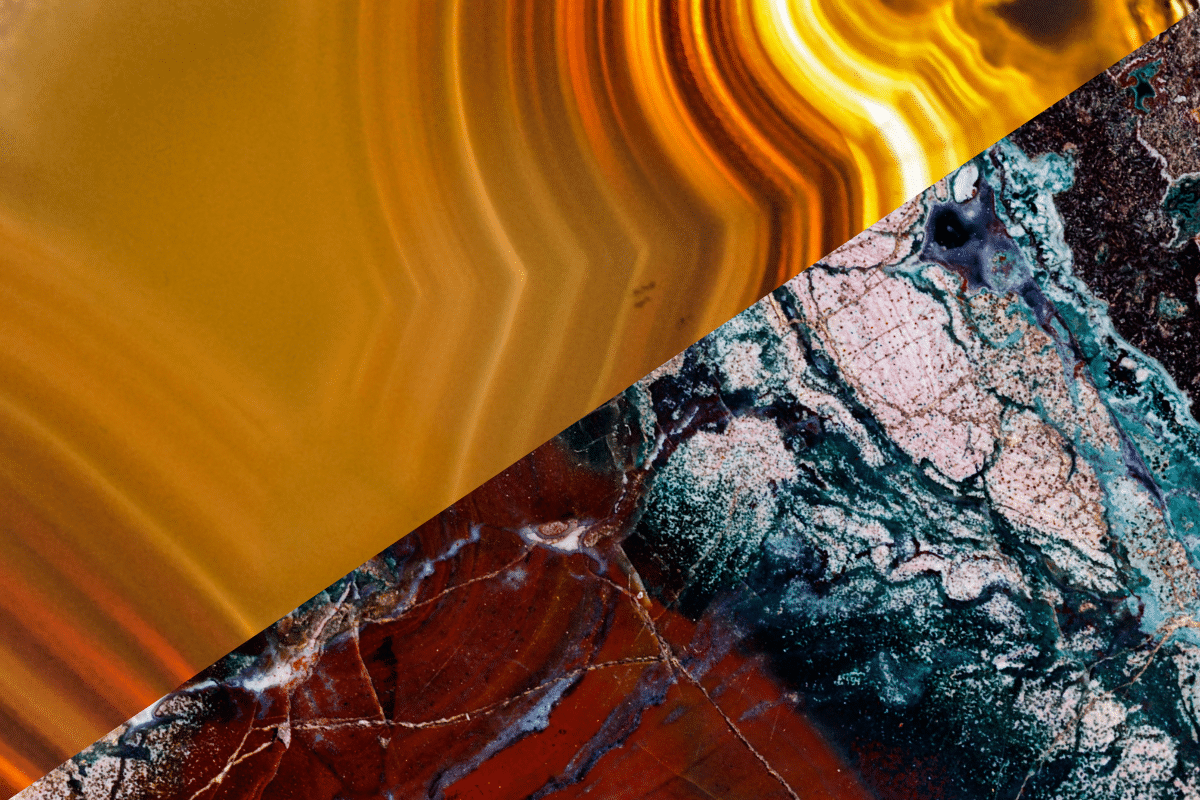
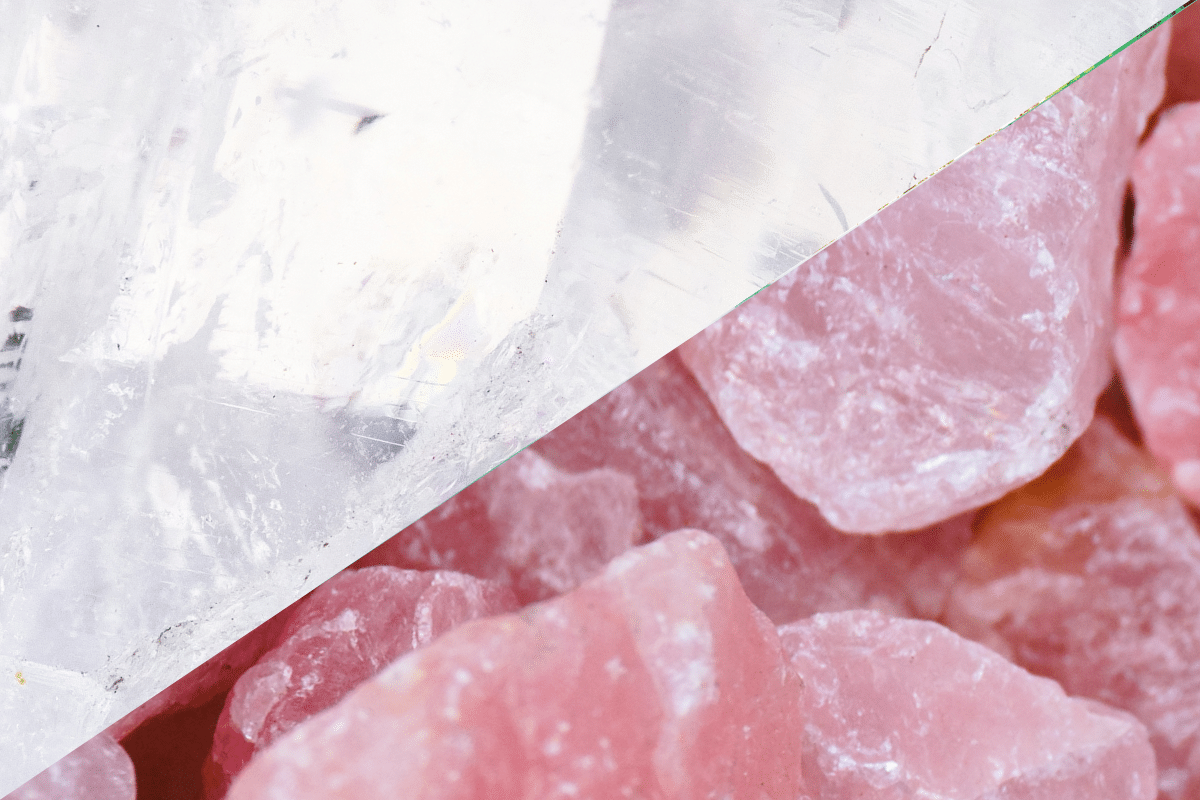

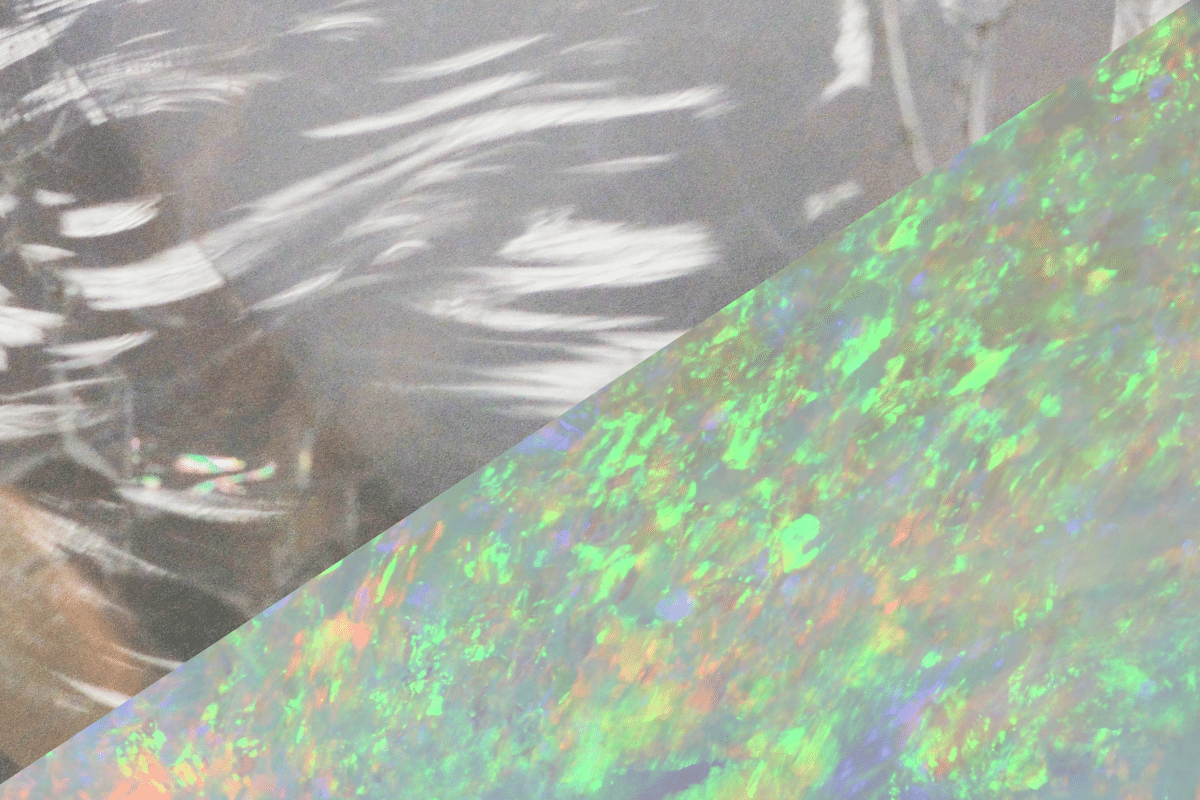
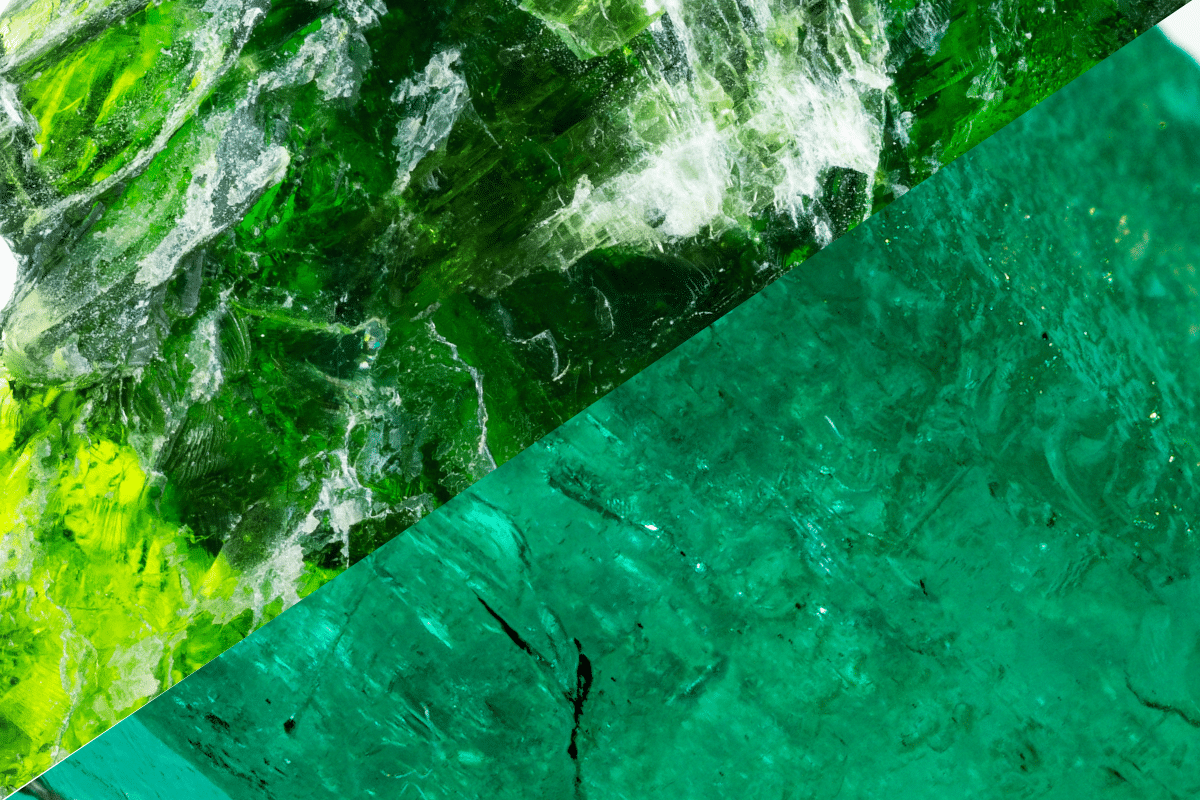

4 Comments